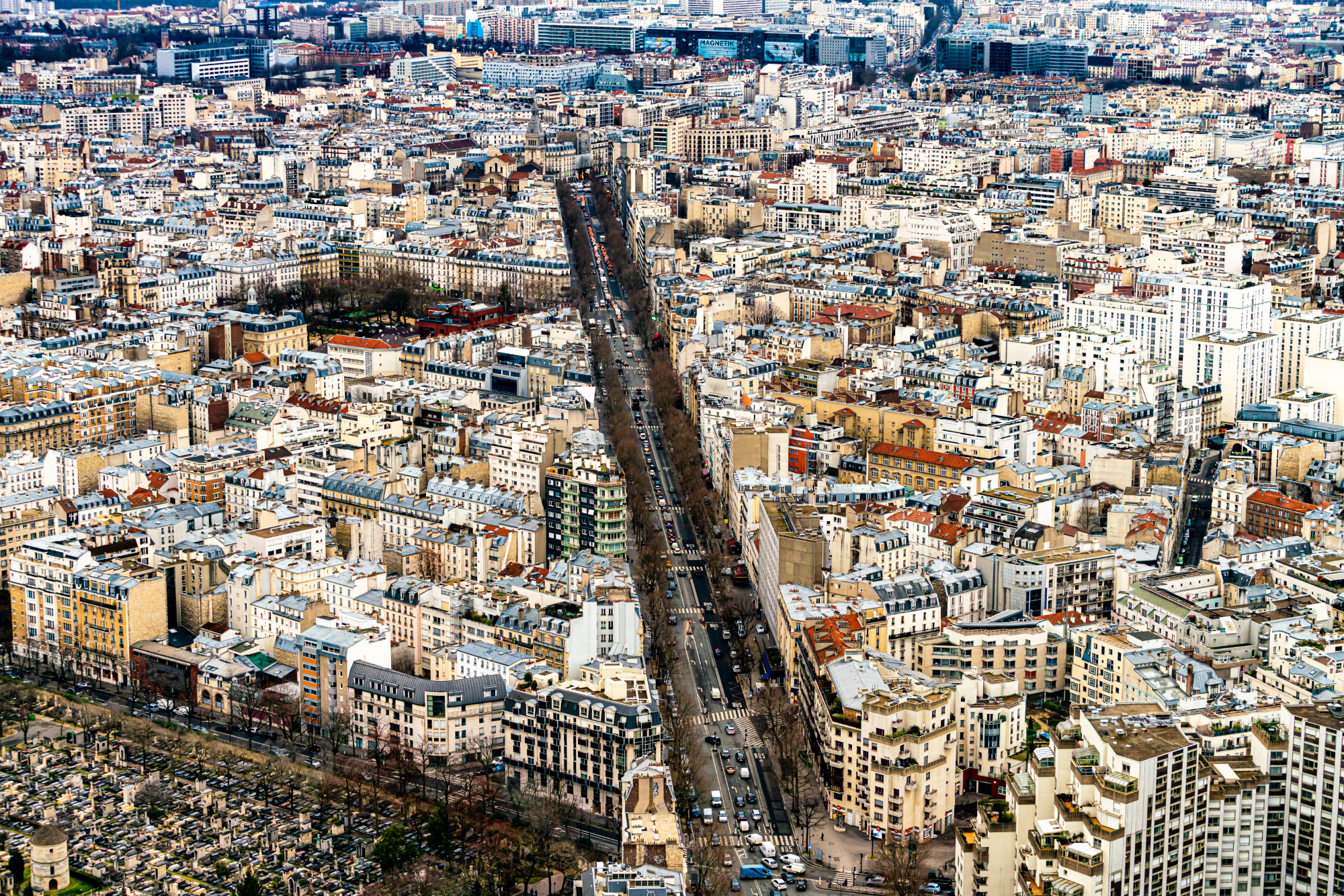Paris, the capital city of France, has taken a significant step towards sustainable urban mobility with the implementation of its groundbreaking "Code de la Rue" initiative. This transformative policy puts pedestrians at the forefront and encourages active mobility options such as walking and cycling. The move is part of Paris' commitment to combat the climate emergency, reduce car dependency, and create livable streets for its residents.
Over the past decade, Paris has witnessed a remarkable 40% decrease in car traffic and a significant 45% reduction in pollution levels. The city has achieved this through a proactive approach, including the rapid expansion of its cycling lane network, which now spans over 1,120 kilometers, compared to a mere 200 kilometers in 2001. The swift adoption of cycling lanes by Parisians demonstrates their readiness to embrace sustainable modes of transportation.
Recognizing the legitimate concerns expressed by citizens during this rapid transformation, Paris has taken proactive measures to address them. A team of over 1000 agents dedicated to improving urban mobility, the city has intensified inspections and created additional space for pedestrians. Notably, the introduction of "rues aux écoles" (streets near schools) is aimed at further ensuring pedestrian safety, with a goal of implementing 300 such streets by 2026.
The "Code de la Rue" is founded on six principles that guide its implementation. These principles include prioritizing pedestrian safety by removing parking spaces near crossings to prevent accidents and strictly prohibiting cycling lanes on sidewalks. The municipal police have also been empowered with enhanced roles and responsibilities, including increased video surveillance to enforce pedestrian rights and ensure a zero-tolerance approach to pavement infractions.

Paris is committed to creating an inclusive urban environment that prioritizes the needs of all residents, particularly vulnerable groups such as children, the elderly, and people with disabilities. The "Code de la Rue" emphasizes the importance of expanding sidewalks, repurposing parking spaces, and redesigning service lanes to ensure the safety and accessibility of these groups. Measures such as the implementation of audible traffic lights and tactile guiding paths for visually impaired individuals further enhance the overall pedestrian experience.
To promote a culture of active mobility from an early age, Paris is investing in workshops that teach children safe cycling practices. Additionally, the creation of a "bike passport" aims to encourage and empower children to actively participate in the cycling community.
Paris is also addressing the issue of dangerous behavior and noise pollution by mandating the use of blind spot detection systems on trucks. Stricter enforcement by the municipal police will ensure compliance with these regulations, making the city's streets safer for all.
The implementation of the "Code de la Rue" aligns perfectly with the goals of the Active Cities project. Active Cities, a partnership between eight municipalities and three Knowledge Partners, focuses on promoting active mobility in North Sea Region Cities. The initiative aims to create vibrant, livable streets that encourage sustainable, zero-carbon multimodality and place citizens at the heart of urban design.
By prioritizing pedestrians and promoting active mobility, Paris is setting an example for cities worldwide. The "Code de la Rue" demonstrates that through comprehensive planning, infrastructure enhancements, and active community involvement, cities can transition towards sustainable, human-centric multimodal systems.
As the Active Cities project continues to shape the future of urban mobility, we can draw inspiration from Paris' success. By piloting human-centric design solutions, improving existing multimodal mobility hubs, and empowering citizens to embrace active mobility, we can create cities that prioritize the well-being of pedestrians and cyclists while fostering healthier, more sustainable communities.
Paris' "Code de la Rue" serves as a beacon of hope and a blueprint for cities worldwide, reminding us that a future with vibrant, active, and sustainable urban environments is within reach.
Together, let's create cities that put people and active mobility at the forefront of urban design and pave the way towards a greener and healthier future for all.
